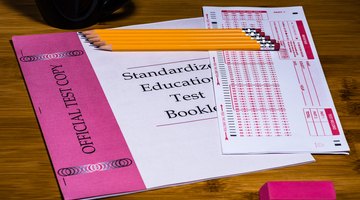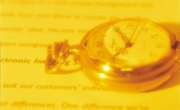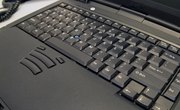Scantron testing has become ubiquitous in its use among secondary education and higher education instructors of all disciplines. Though not error-proof, the tests allow for speed and accuracy in grading multiple choice exams, producing nearly immediate scores and (in new models), recording and storing scores in a generated file. Interpreting scantron scores involves correctly operating the reader, and using the results to refine testing procedures and the exams themselves.
Enter the correct answers on a blank scantron sheet. This will provide the basis for scoring. The scantron will judge whether or not a bubble is filled in around the appropriate letter.
Fill in the key. The key will tell the scantron whether or not to tabulate only correct answer scores or to create a percentage score for each test.
Feed the exam forms into the scantron.
Record the data. 888P+ scantrons will mark incorrect answers with a red bar and total the the amount of correct answers and the exam percentage at the bottom of the exam. ES2010 scantrons will record answers the same way as well as store information as a plain text file that can be imported onto a spreadsheet or into a database. This machine will also help instructors extrapolate certain testing information that can help "grade" the questions.
Interpret the information. Instructors can use scantron scores to record raw scores, create a grading scale based on student performance, and/or adjust grades and the exam itself using biserial numbers which correlate individual questions to performance on the exam as a whole. A score of "0" to plus or minus "1" reveals the appropriateness of an individual exam question, where "+1" indicates a question that was repeatedly answered correctly by high performers and answered incorrectly by lower performers. If a question receives a low biserial score, it may have been either too simple, or too complex for test takers.
Related Articles
References
Writer Bio
Eric Erickson has written professionally since 2004. He is a published poet with work appearing in "Plainsongs" and "The Curbside Review." He was a staff writer for the websites IndependentMovieReview.com and IndieMusicStop.com. Erickson received his Bachelor of Arts in English from Metropolitan State College of Denver.











